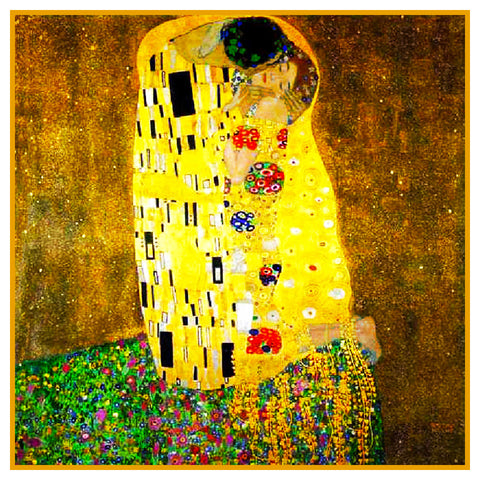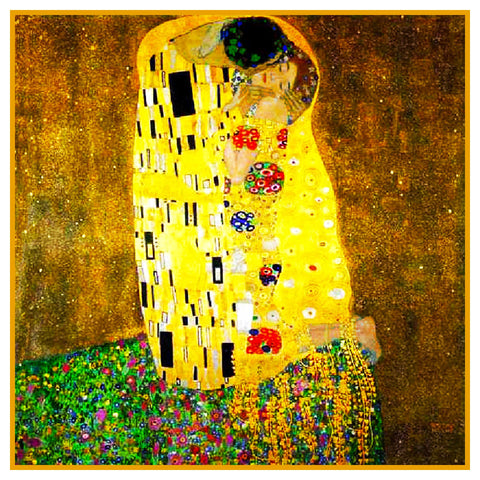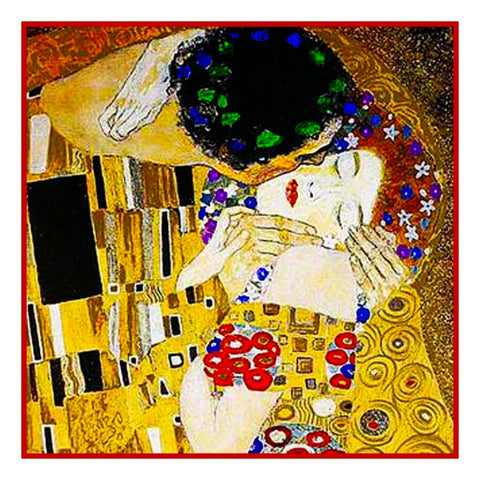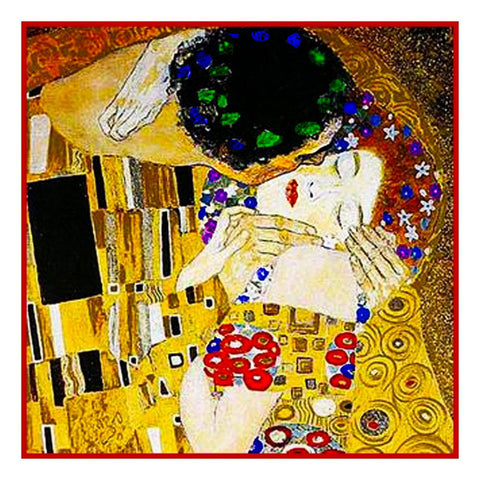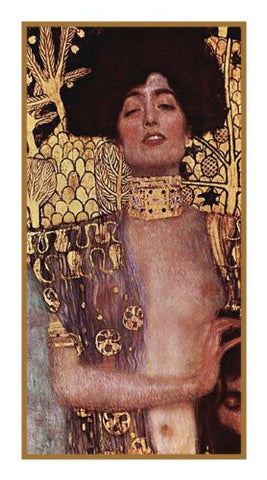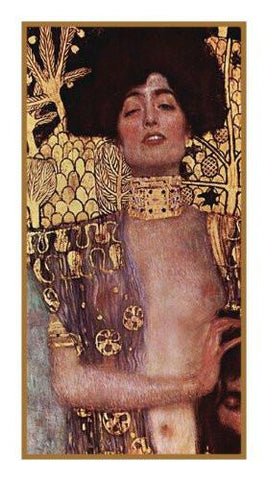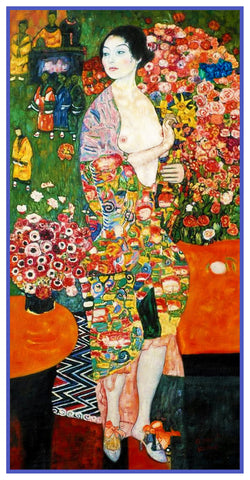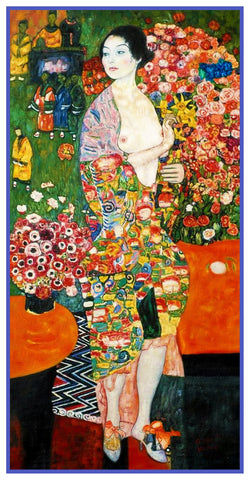Gustav Klimt Deluxe Treasury # 1 -Three Counted Cross Stitch Patterns Charts
BONUS: 3 charts for the price of 2!
We are pleased to offer: THREE Orenco Originals Counted Cross Stitch Charts, Patterns, Graphs
- Pattern #1: Judith in Gold Detail. The Finished size of each chart when stitched will be: 14 inches (196 Stitches) by 14 inches (196 Stitches).
- Pattern #2: The Lady with the Fan. The Finished size of each chart when stitched will be: 14 inches (196 Stitches) by 14 inches (196 Stitches).
- Pattern #3: The Kiss. The Finished size of each chart when stitched will be: 16 inches (224 Stitches) by 16 inches (224 Stitches).
What You Receive:
You will receive 3 complete patterns.
Each pattern consists of:
- Each pattern has 2 versions of each chart both printed in black ink on bright white 11" by 17" paper. Both Charts are for 14 count fabric.
- Chart Version #1 is a single page chart. Chart Version #2 (tired eyes) is a 4-page enlarged chart that eases eye strain.
- A color illustration.
- Counted cross stitch instructions.
- List of DMC Floss colors needed to finish the project
*** This is not a Kit. No fabric or floss are included in this Purchase***
This is product is for patterns that are used to sew and to create a cross stitch picture. This is NOT a completed product. It is NOT a kit, it contains no floss or fabric.
What Inspired These Patterns:
BONUS: 3 charts for the price of 2! This is a cross-stitch pattern, not a completed product. It is not a kit, and contains no floss or fabric. Gustav Klimt 1862 - 1918 was an Austrian Symbolist painter and one of the most prominent members of the Vienna Secession movement. His major works include paintings, murals, sketches, and other art objects. Klimt's primary subject was the female body. Klimt's work is often distinguished by elegant gold or colored decoration, spirals and swirls, and phallic shapes used to conceal the more erotic positions of the drawings upon which many of his paintings are based. This can be seen in Judith I (1901), and in The Kiss (1907-1908), and especially in Danaë (1907). One of the most common themes Klimt used was that of the dominant woman, the femme fatale.


![[product_title] - Orenco Originals LLC Counted Cross Stitch](http://www.orencooriginals.net/cdn/shop/products/amazonpictureklimt1_1024x1024.jpg?v=1737158118)
![[product_title] - Orenco Originals LLC Counted Cross Stitch](http://www.orencooriginals.net/cdn/shop/products/amazonpictureklimt1_medium.jpg?v=1737158118)
![[product_title] - Orenco Originals LLC Counted Cross Stitch](http://www.orencooriginals.net/cdn/shop/products/362684515774-1_b015613e-bbb5-4458-9f17-2a9547227eef_medium.jpg?v=1737158119)
![[product_title] - Orenco Originals LLC Counted Cross Stitch](http://www.orencooriginals.net/cdn/shop/products/362684515774-2_91d5486a-de3a-4d5a-b0ee-d401a52c37b9_medium.jpg?v=1737158119)
![[product_title] - Orenco Originals LLC Counted Cross Stitch](http://www.orencooriginals.net/cdn/shop/products/362684515774-3_8e5803fb-07db-40a9-882b-8f9bd9735cdc_medium.jpg?v=1737158119)
![[product_title] - Orenco Originals LLC Counted Cross Stitch](http://www.orencooriginals.net/cdn/shop/products/KlimtAfterYouStitchIt_2_-_Copy_a905a0fe-2e92-4f52-ab3b-87092e1616a6_medium.jpg?v=1737158119)
![[product_title] - Orenco Originals LLC Counted Cross Stitch](http://www.orencooriginals.net/cdn/shop/products/KlimtAfterYouStitchIt_1_-_Copy_345563d6-6b5f-4b30-8ef3-c79cc4fcfab5_medium.jpg?v=1737158119)
